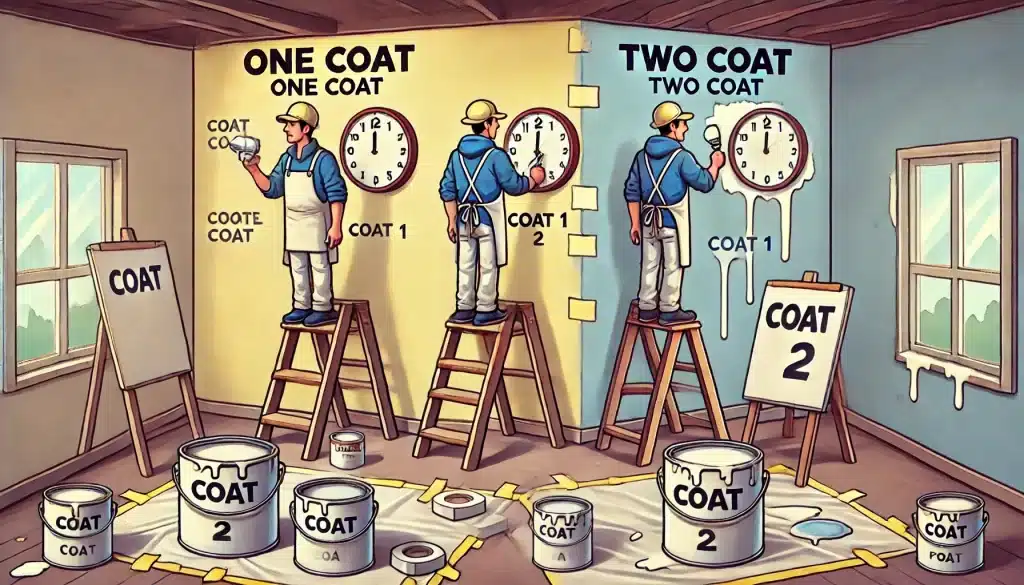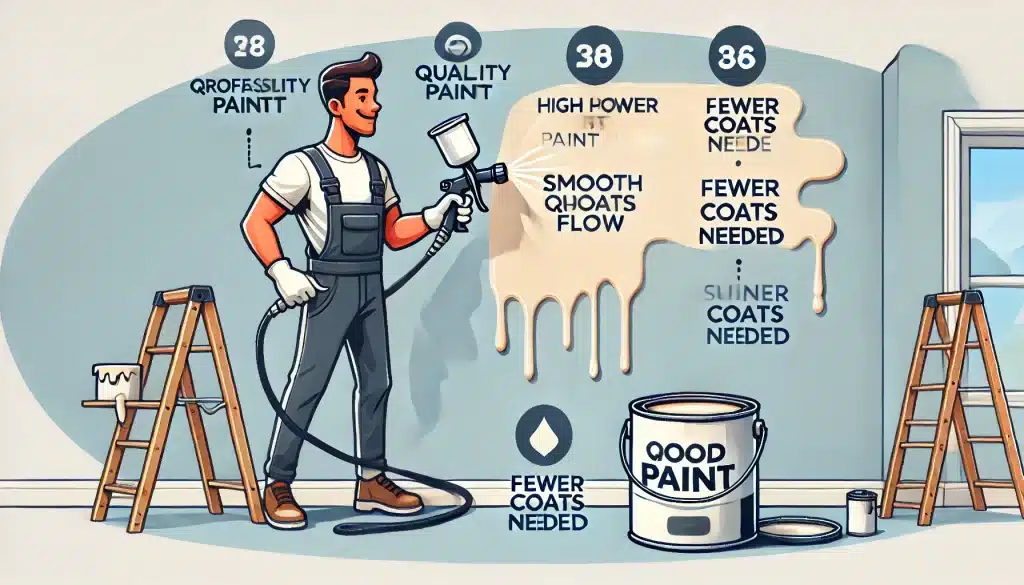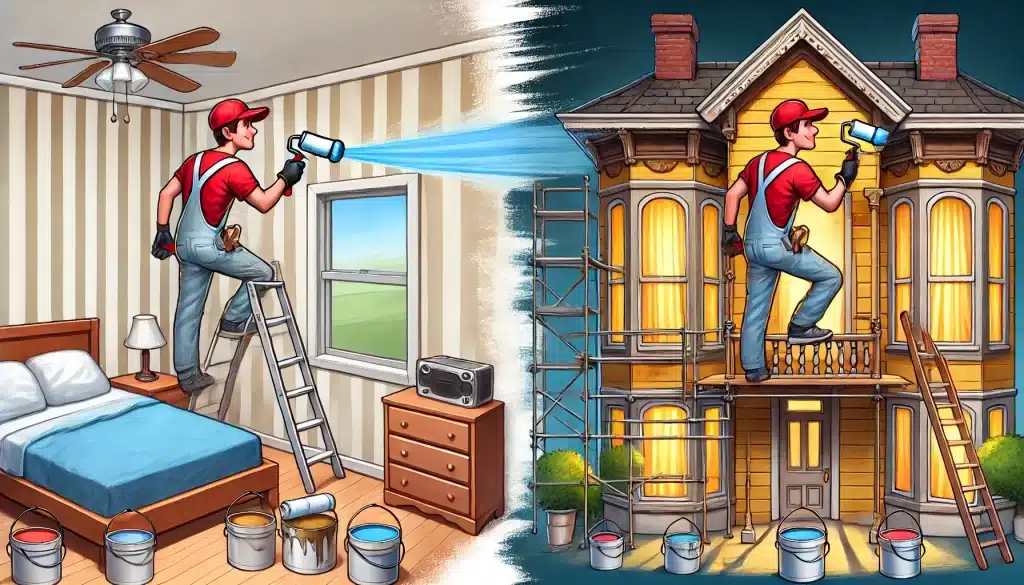Have you ever wondered how much paint a professional painter can tackle in a single day? Or, as a DIY enthusiast, are you curious about a realistic workload for your weekend project? Understanding the factors that influence painting speed is crucial for both professional efficiency and realistic DIY planning.
Factors Affecting Painting Speed:
- Surface area and complexity: Painting a small, smooth bedroom wall will naturally be faster than tackling a multi-story Victorian with intricate trim.
- Number of coats: Applying an extra coat takes additional time. Standard practice often involves two coats for optimal coverage.
- Experience and skill level: Seasoned professionals work more efficiently than novices.
- Preparation time: Proper surface preparation, including patching, sanding, and masking, significantly impacts painting speed.
- Paint quality: Higher-quality paints often flow smoother and require fewer coats, saving time.
- Equipment and tools: Using advanced sprayers or specialized brushes can boost productivity.
- Work environment: Ladders, scaffolding, and other obstacles can slow down the process.
Professional Guidelines:
- Residential interiors:Experienced painters typically cover 150-350 square feet per hour, including prep work. This translates to roughly a standard bedroom in 4-6 hours.
- Commercial spaces: Larger areas and potentially higher ceilings increase the time per square foot.
- Exterior painting:Weather conditions and surface complexity play a significant role.
DIY Considerations:
- Set realistic goals: Don’t expect to match a professional’s pace. Start with smaller areas and adjust your expectations as you gain experience.
- Prioritize quality over speed: Rushing leads to mistakes and rework.
- Factor in breaks and cleanup: Factor in rest periods and time for cleaning brushes and equipment.
Remember: These are just estimates. Individual speed can vary greatly. The key is to plan meticulously, choose the right tools and paints, and work efficiently while maintaining quality.
Additional Tips:
- Break down large projects: Tackle one wall or section at a time.
- Use the right brush or roller for the job: Different tools are suited for different surfaces and tasks.
- Minimize distractions: Focus on the painting to maximize efficiency.
- Don’t be afraid to ask for help: If tackling a large project, consider hiring a professional for assistance.
By understanding the factors at play and setting realistic expectations, you can ensure a productive and satisfying painting experience, whether you’re a seasoned professional or a DIY enthusiast.
Hire Painters in New York Now
Check Out Our Prices And Get Started Today!

